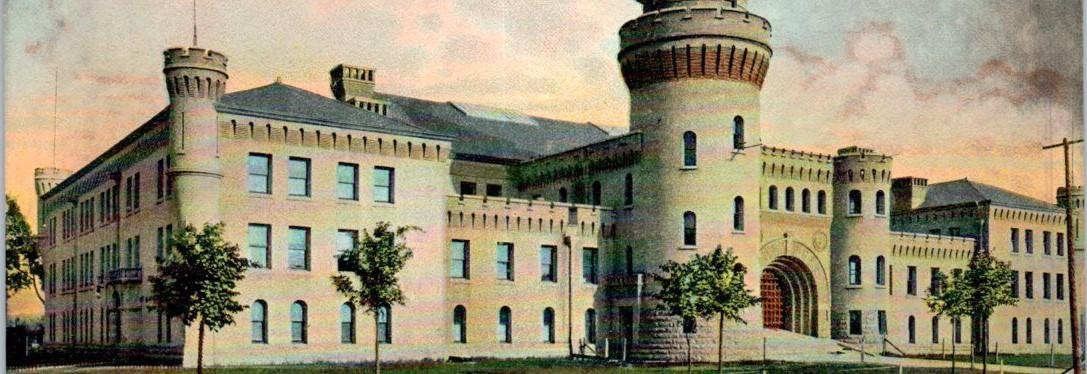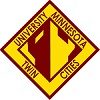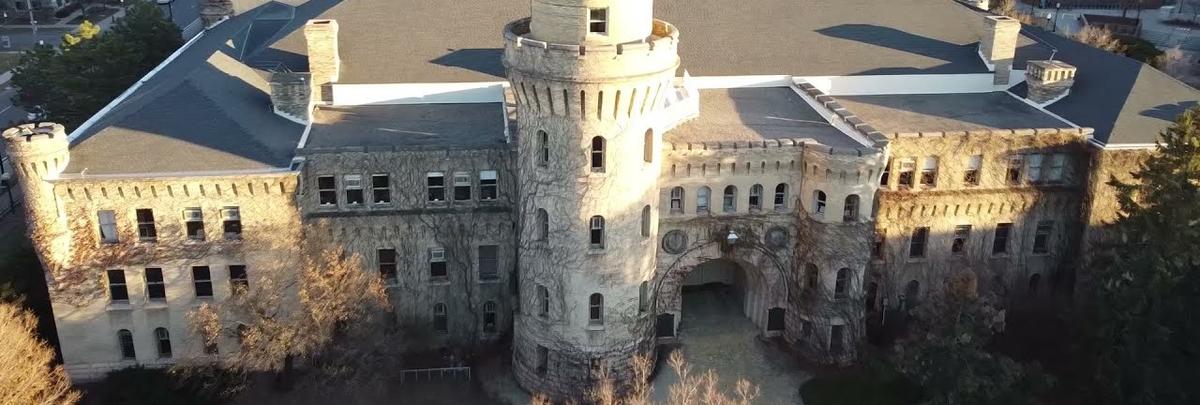
History & Philosophy of ROTC

The Reserve Officers’ Training Corps (ROTC) plays a vital role in the national defense framework of our nation. In 1819, a former superintendent of West Point established the American Library, Scientific and Military Academy, later known as Norwich University. This action led to the American tradition of military instruction on civilian campuses. It soon spread to other institutions – Virginia Military Institute in 1839, the University of Tennessee in 1840, and the Citadel in 1842.
In 1862, the Congress of the United States, foreseeing the dual necessities of creating additional institutions of higher learning as well as providing a means of schooling young men in the military arts, passed the Morrill Land Grant Act. This act provided money from selling government lands to establish colleges and universities and specified that courses in the military arts should be offered at these institutions. On June 24, 1916, the National Defense Act was passed, creating the Reserve Officers’ Training Corps.
For over two centuries, the military art/ROTC programs on civilian college campuses have provided intelligent, well-educated leaders for the national defense. This is in keeping with the typically American concepts of the citizen soldier and civilian-oriented military officers from all geographic and social strata whose leadership has been characterized by initiative, ingenuity, and flexibility. Also, because ROTC officers may return to civilian status when they have fulfilled their military obligation, ROTC programs provide leadership resources for national defense and civilian enterprise.
Military Training at UMN
The University of Minnesota opened its doors in 1869 through the benefits of the Morrill Act. One of the original nine faculty members, Major General Richard W. Johnson, was the University’s first Professor of Military Science. ROTC training at the University has prepared young men for entrance into the Army for over a century.
The Golden Gopher Battalion
The Department of Military Science and Tactics was one of the original departments of the University of Minnesota. Military training initially consisted of two infantry companies and one artillery platoon. Sparse facilities made military instruction difficult until the Coliseum was built in 1884. In 1888, Military training was recognized as the U of M Cadet Corps. The University Regents briefly permitted female participation between the years of 1888 to 1892. Fire destroyed the Coliseum in 1894, and the current Armory replaced the Coliseum in 1896. During the 1920s, opposition to mandatory military training at land-grant colleges and universities began. On June 17, 1934, the Regents voted to ban compulsory drills, making the University of Wisconsin and Minnesota the only land-grant institutions in the United States that operated ROTC programs voluntarily.
With the outbreak of World War I, one of the Army’s most significant needs was for officers. The U of M ROTC program helped produce many fine reserve officers. In 1939, when another World War loomed, students began to turn to the Military Science department and ROTC for training. In 1942, AROTC, as it existed, was discontinued. What replaced it was various programs such as the Army Specialized Training Program, which trained cadets in medicine, psychology, and language studies in Japanese and German. When the war ended, the ROTC introductory course was re-established, and in 1946, the advanced class was re-established by resurrecting the AROTC program.
The Battalion Shoulder Insignia

The shoulder sleeve insignia was authorized initially on 1 June 1951. It was amended on 24 April 1981 to change the background from felt woven fabric and to add subdued insignia, also amended on 23 October 1981 to change the description of the insignia. The SSI was canceled due to a new design authorized on 5 May 1993, then revised on 11 May 1993 to reflect the correct school colors. Read More
Student Soldier Memorial
“Iron Mike” was unveiled in 1906. As its bronze tablet reads, the memorial was “[e]rected in honor of the students of the University who served their country in the war with Spain, 1898-99.” The project began when a committee sent Christmas gifts to student members of the 13th Minnesota Regiment stationed in Manila. Professor Arthur E. Haynes, who thought more should be done, donated the first $10 and chaired the committee to raise funds and design the statue. Sculptor Theo Alice Ruggles Kitson designed the statue, which stands nine feet tall and is on a seven-ton, six-foot-high Vermont granite pedestal. Initially positioned opposite the Armory, the monument now stands directly in front of the Armory.

History of the Armory
The Armory building at the U of M marked its centennial in 1996. The event was celebrated in conjunction with the ROTC Tri-service Review in May. A plaque recognizing the historical significance of the Armory and military training at the University was furnished by the Minnesota Historical Society. The University placed the plaque near the Student Soldier Memorial and the campus walking tour path.
The Coliseum, built in 1884, provided the University's first home for military training, but in 1894, a fire destroyed the building. The Regents would not dedicate funds to build a new drill location, so First Lieutenant George H. Morgan, the Professor of Military Science and Tactics, undertook the project himself. He had the University Architecture Professor Charles L. Aldrich prepare plans for a new facility. After two years of pressure, the Governor finally let Lieutenant Morgan appeal to the State Legislature. He asked for $150,000 to build the Armory on campus. The legislators allotted $75,000, and the Armory was completed in 1896. Morgan and Aldrich used $67,000 to construct the Armory, and the rest of the money provided showers for the football squad and equipment for the athletic teams that used the Armory’s gymnasium. Often, many used the Armory gymnasium, for it was the only one on campus. In 1903, the University of Michigan left a water jug in the Armory locker room after a football game with Minnesota. When Michigan’s Coach Yost asked for the jar back, L. J. Cooke, head of the Minnesota Athletic Department, replied, “if you want it, you’ll have to win it,” and thus began the saga of the “Little Brown Jug.”
Initially, the Armory was two stories high, measured 200’ by 135’, and was built of white brick. The design embodied some of the features of old Norman castles and included two main halls running the length of the building, a 4000-seat gallery, a men’s gym in one wing, and a women’s gym in the other wing. The toilet rooms and a running track were in the basement, and a shooting gallery was located in the sub-basement. The Armory’s arch and entrance faced Church Street. A castle-like retractable gate, which has since been removed, guarded the door of the cobble-stone drive. The University’s crest adorns the left side, and a crest showing the year of construction adorns the right side of the façade surrounding the arch. When the Air Force ROTC came on board, the third-floor balconies on both sides of the arch were enclosed, providing space for the Air Force cadets.